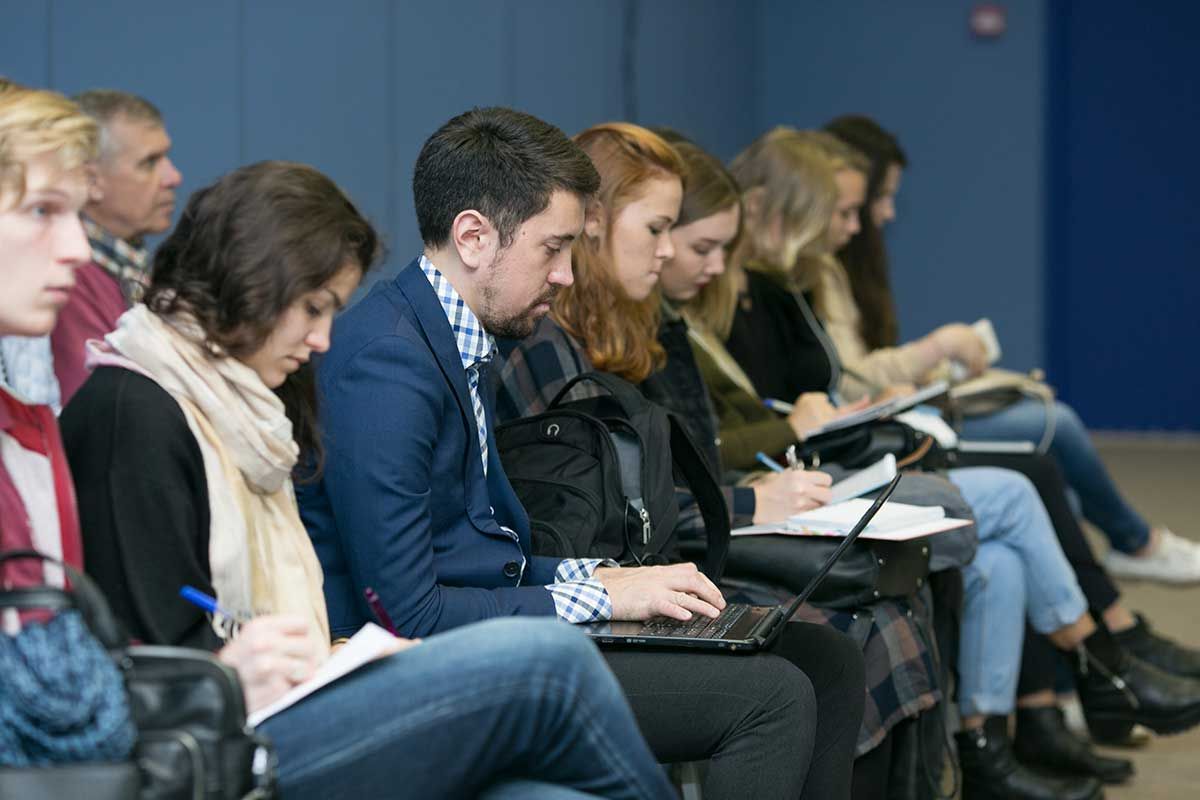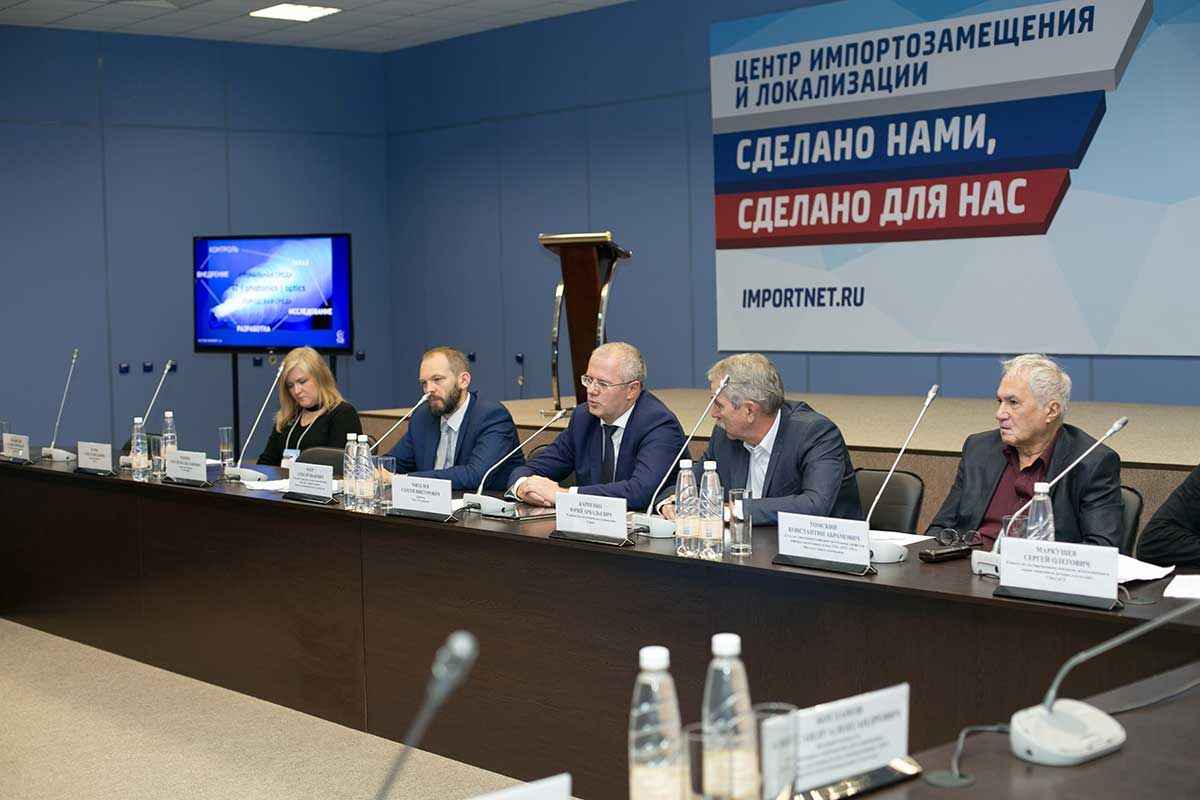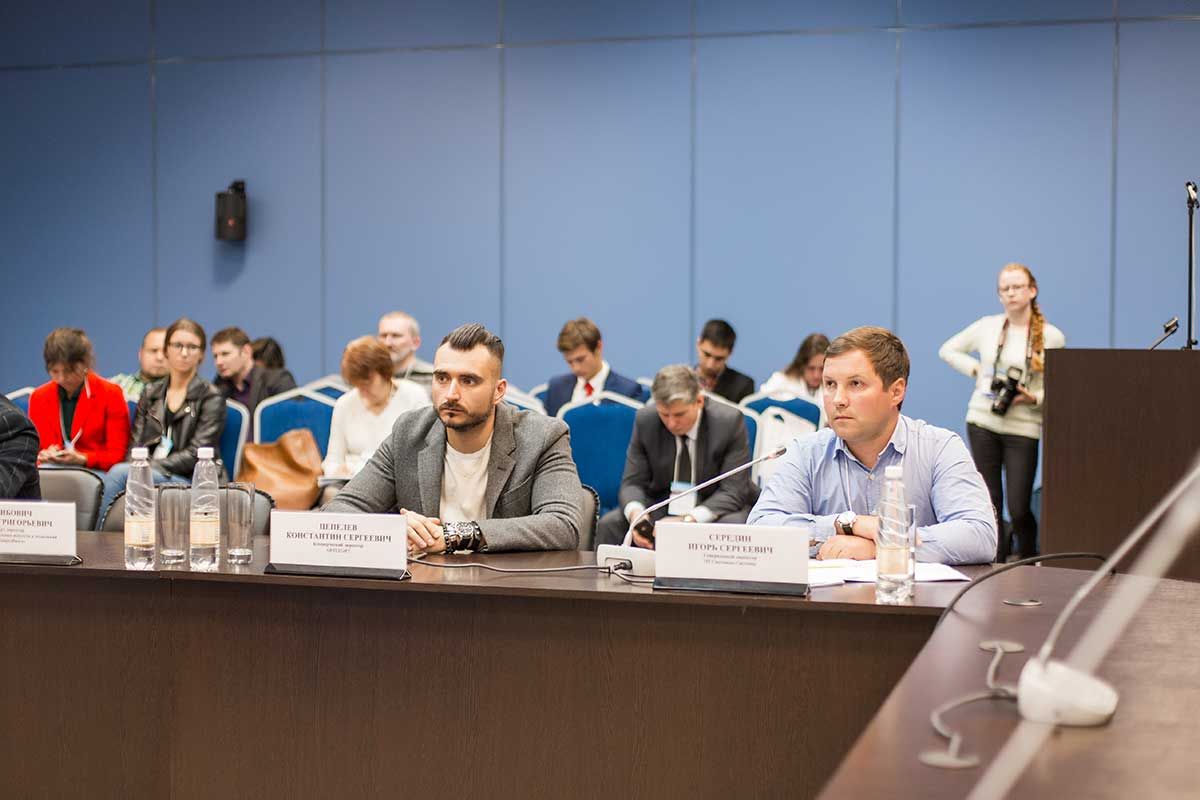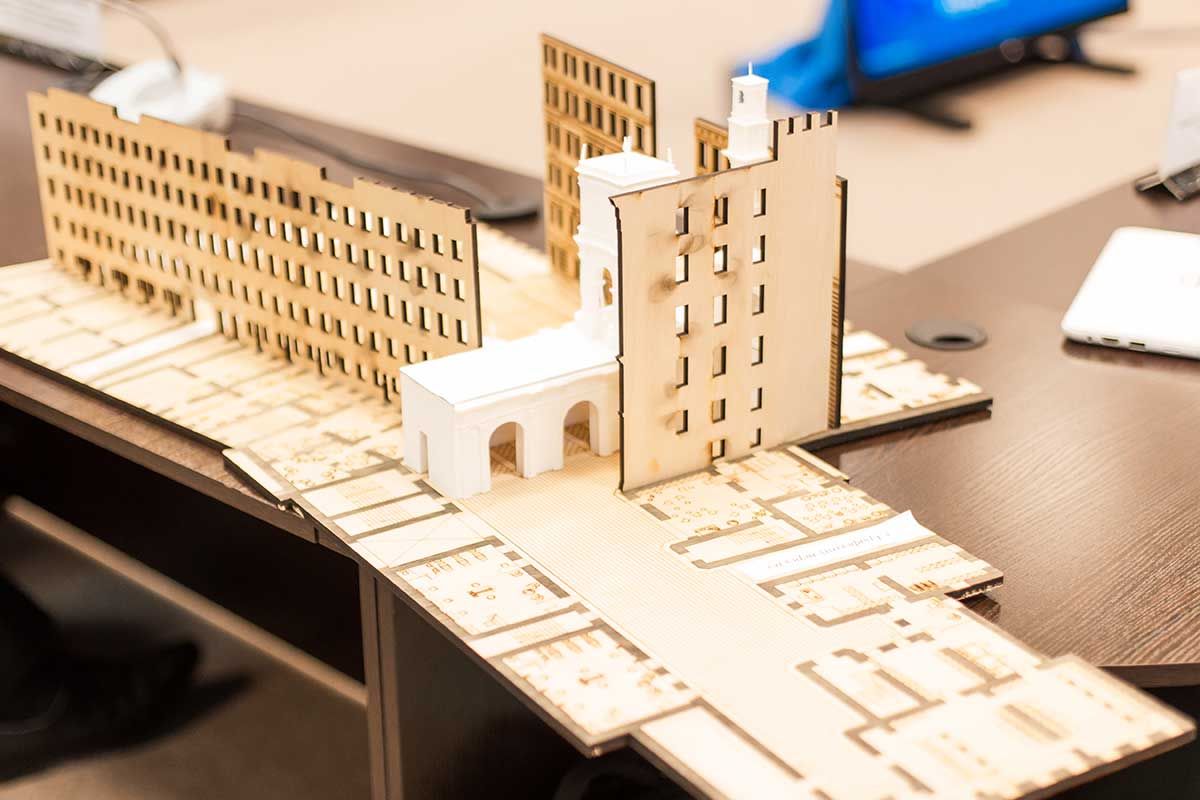Tasks of lighting system manufacturers within the framework of transition to the «smart cities» format
On September 19, the «Light in the City: design or programming. New technological developments and tools for modern urban analysis» joint round table of St.Petersburg Committee for Urban Development and Architecture, St.Petersburg Committee for the state preservation of historical and cultural monuments and the Higher School of Lighting Design of ITMO University took place at the Center of Import Substitution and Localization in Saint Petersburg.
The event was attended by experts involved in creation and integration of innovative projects, promoting development and improved quality of urban lighting environment in terms of power efficiency, environmental protection, safety, comfort, informative value and visual aesthetics.
Elena Belova, development director of IntiLED, told the visitors about the tasks of lighting system manufacturers within the framework of transition to the smart city format. “Smart city” is a combination of multiple functions and interactive nature of lighting in urban environment.
For a lighting equipment manufacturer this results in the tasks of development of completely new lighting devices that combine multiple functions, use the newest data transfer and management systems that are scalable, flexible and ensure the minimum level of noise.
The event was attended by experts involved in creation and integration of innovative projects, promoting development and improved quality of urban lighting environment in terms of power efficiency, environmental protection, safety, comfort, informative value and visual aesthetics.
Elena Belova, development director of IntiLED, told the visitors about the tasks of lighting system manufacturers within the framework of transition to the smart city format. “Smart city” is a combination of multiple functions and interactive nature of lighting in urban environment.
For a lighting equipment manufacturer this results in the tasks of development of completely new lighting devices that combine multiple functions, use the newest data transfer and management systems that are scalable, flexible and ensure the minimum level of noise.
Thus, a device with such multiple functions is already a part of a combined smart system that promotes energy saving, activity optimization and feedback gathering from the citizens. The other task for the manufacturers is the lighting quality both in terms of lighting effect and in terms of management that shall be ensured at high frequencies without creation of additional noise.
Lighting equipment quality control in the smart city concept is of high importance: complex integrated lighting system shall be safe and shall operate without failures. Control, on the one hand, is a responsibility of the manufacturer, and, on the other hand, it is a responsibility of the state that provides the legislative support. Between the manufacturer and the state there are professional associations, such as RU-LED Association that have up to date information on the lighting market, its players, current issues, regulatory framework, applicable legislation and act as a bridge between the manufacturers and the state, thus, settling global issues.
The discussion, participants of which included representatives of the leading companies of the industry, was arranged by the Committee for Urban Development and Architecture and the Higher School of Lighting Design of ITMO University.
Lighting equipment quality control in the smart city concept is of high importance: complex integrated lighting system shall be safe and shall operate without failures. Control, on the one hand, is a responsibility of the manufacturer, and, on the other hand, it is a responsibility of the state that provides the legislative support. Between the manufacturer and the state there are professional associations, such as RU-LED Association that have up to date information on the lighting market, its players, current issues, regulatory framework, applicable legislation and act as a bridge between the manufacturers and the state, thus, settling global issues.
The discussion, participants of which included representatives of the leading companies of the industry, was arranged by the Committee for Urban Development and Architecture and the Higher School of Lighting Design of ITMO University.




